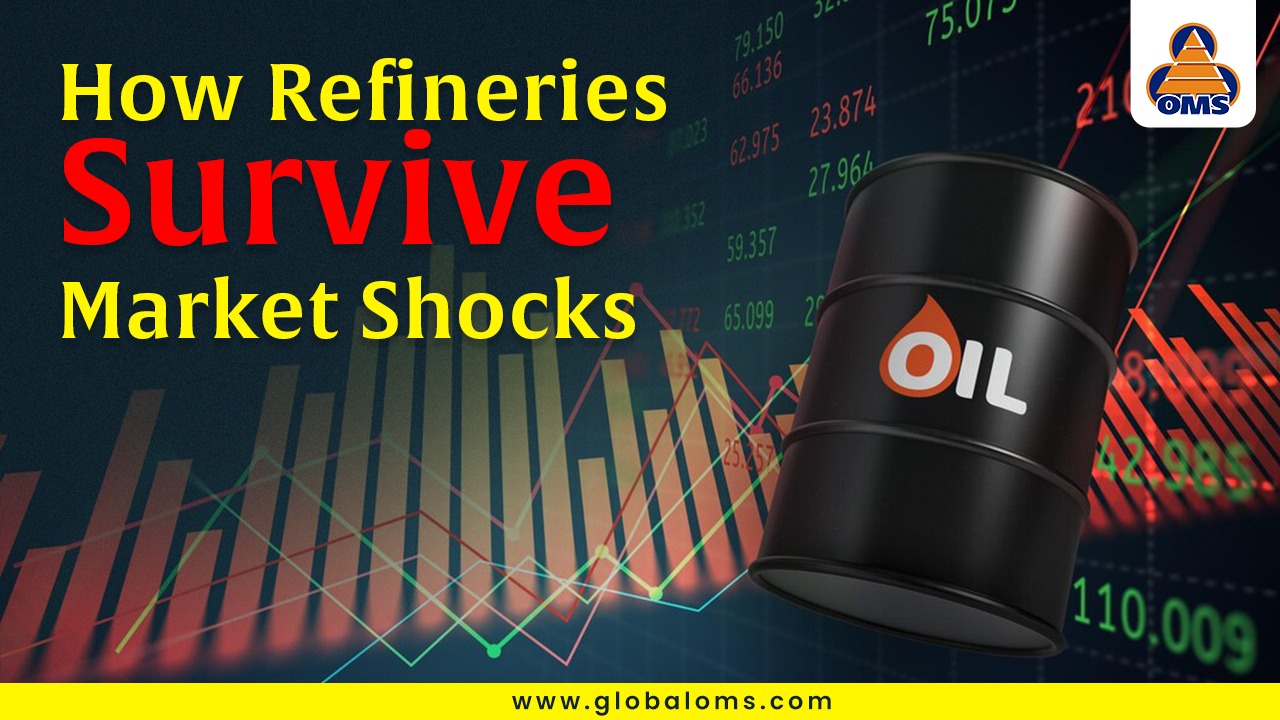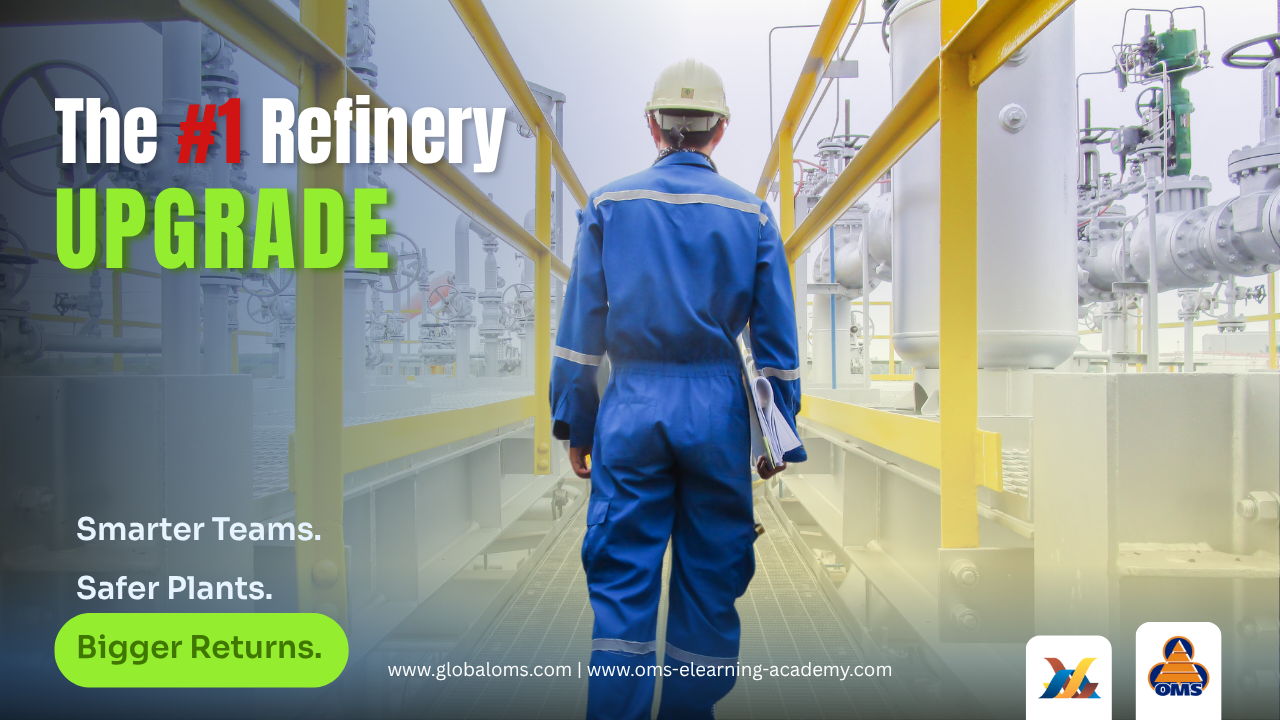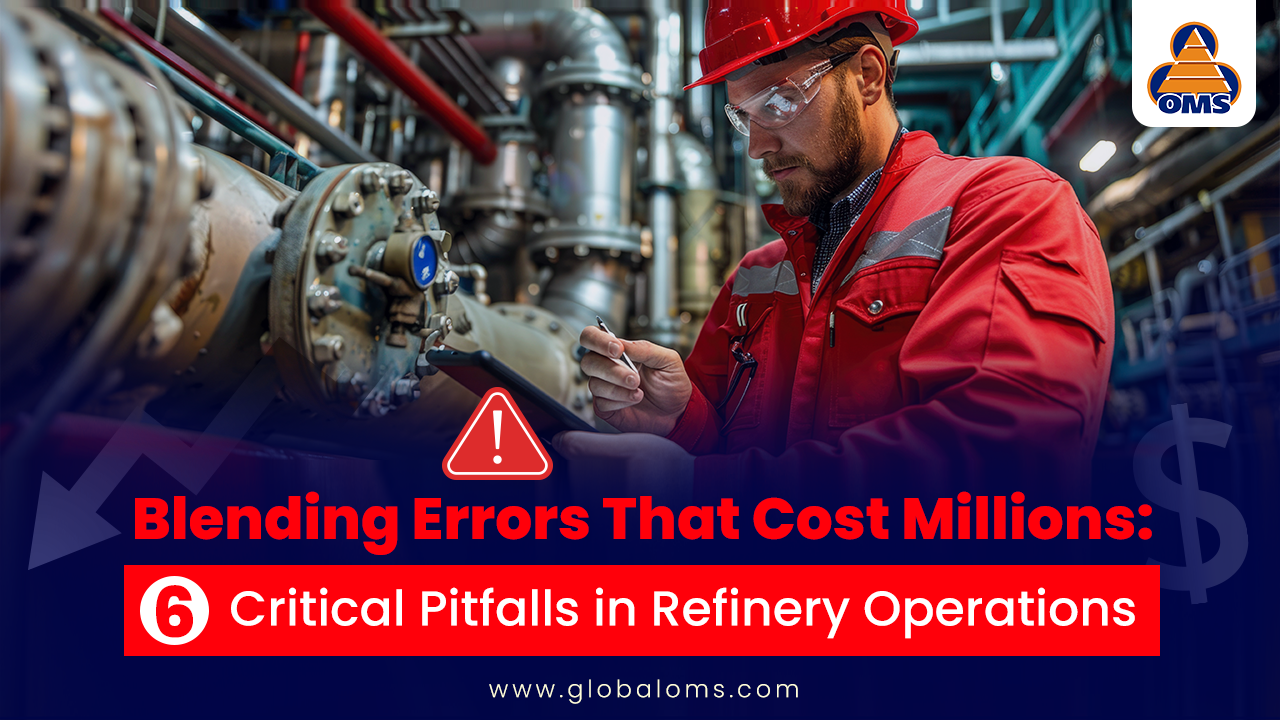Valero Energy Reports $595 Million Q1 Loss: A Wake-Up Call for Refiners in the Age of Transition
April 24, 2025 | Simply Wall St – Financial News Desk
Valero Energy Corporation (NYSE: VLO), one of the largest independent refiners in the U.S., reported a first-quarter net loss of $595 million for 2025, primarily driven by falling sales and an impairment charge related to its Benicia refinery in California. The facility is set to close in 2026 amid intensifying environmental regulations, highlighting the increasingly complex landscape refiners must navigate.
Interestingly, despite the disappointing earnings, Valero’s stock rose 6.88% last week, boosted by a broader market rally and optimism over earnings in other sectors. But under the surface, the numbers tell a story of operational vulnerabilities—ones that could be proactively mitigated through strategic digital transformation.
Why the Loss Matters
Valero’s loss is not just a blip—it’s a sign of a deeper industry challenge:
- Refining margins are shrinking under the pressure of regulatory and feedstock volatility.
- Environmental compliance costs are rising, forcing premature shutdowns of legacy assets.
- Asset impairments are becoming more common, often due to delayed adaptation.
These stress points are not unique to Valero—they apply to refineries across North America and beyond. What’s critical now is how companies choose to respond. This is where companies like Offsite Management Systems LLC (OMS) play a critical role. OMS enables refiners to detect, adapt, and optimize operations before risks escalate—helping prevent the financial impact seen in Valero’s Q1..
Why Refineries Need the Right Technology to Make Their Plans Work
To their credit, Valero is not ignoring the need to evolve. The company has announced initiatives to:
- Invest in Sustainable Aviation Fuels (SAF) for long-term clean energy competitiveness.
- Upgrade crude processing systems to expand feedstock flexibility.
- Rebuild margins, with analyst expectations projecting growth from $2.8B to $4B by 2028.
But strategy alone won’t cut it. Execution depends on having the right technology infrastructure.
OMS’s AI-powered blending and performance systems can help bring these strategies to life by offering:
- Real-time optimization of fuel blending to maximize yield and quality.
- Analyzer-less compliance monitoring that eliminates lab lag and increases agility.
- Predictive tools that flag regulatory threats before they materialize into shutdowns or fines.
If OMS’s systems had been deployed at Valero’s Benicia refinery, they could have helped detect early inefficiencies, manage emissions thresholds more precisely, and possibly extend the life or ROI of the asset through more intelligent operational forecasting.
What Refiners Can Do Now to Avoid Future Losses
The Valero case reinforces that delay is expensive, not just in dollars, but in lost resilience.
Here’s how refiners can protect themselves:
- Digitize off-site operations to ensure better blending, inventory, and dispatch precision.
- Build margin resilience through real-time cost and quality tradeoff visibility.
- Align sustainability and profitability, avoiding last-minute regulatory scrambles.
OMS helps operators check all these boxes. By embedding its refinery-specific technologies, companies can future-proof their facilities while staying cost-effective and compliant.
What Refiners Need, to Grow Stronger in the Future
While Valero’s five-year shareholder return of 113.18% underscores historical strength, its underperformance over the past year reflects the consequences of lagging adaptation. The stock trades below its $142.84 consensus price target, suggesting upside if the company executes efficiently.
OMS’s technology offers a pathway to that efficiency. Whether through more brilliant blending, reduced compliance costs, or agility in fuel switching, the ability to optimize every drop and decision matters more than ever.








